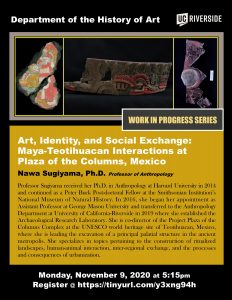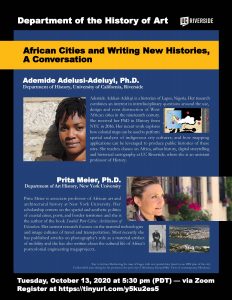Jeanette Kohl receives year-long fellowship at the Hamburg Institute for Advanced Study
Jeanette Kohl has been awarded a year-long fellowship at the Hamburg Institute for Advanced Study (HIAS) for the 2022-2023 academic year. The fellowship has been awarded to advance Dr. Kohl’s book project ‘Sculpture. A History in Sources and Commentaries’. The project continues and expands her scholarship on portrait sculpture and will result in a sourcebook on the discourses around the medium of sculpture in European art histories.


 Getty Research Institute hosts the fourth annual Getty Graduate Symposium, showcasing the work of emerging scholars from art history graduate programs across California. Organized into three sessions over the course of one day, the symposium includes nine individual presentations, panel discussions moderated by faculty mentors, and Q&A sessions with the audience.
Getty Research Institute hosts the fourth annual Getty Graduate Symposium, showcasing the work of emerging scholars from art history graduate programs across California. Organized into three sessions over the course of one day, the symposium includes nine individual presentations, panel discussions moderated by faculty mentors, and Q&A sessions with the audience. Dr. Jeanette Kohl
Dr. Jeanette Kohl Nawa Sugiyama, Ph.D.
Nawa Sugiyama, Ph.D.
